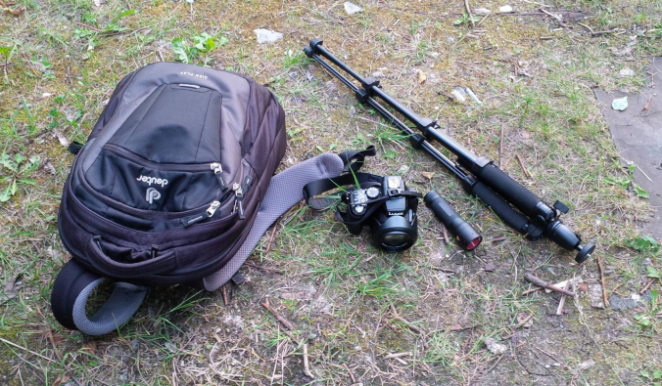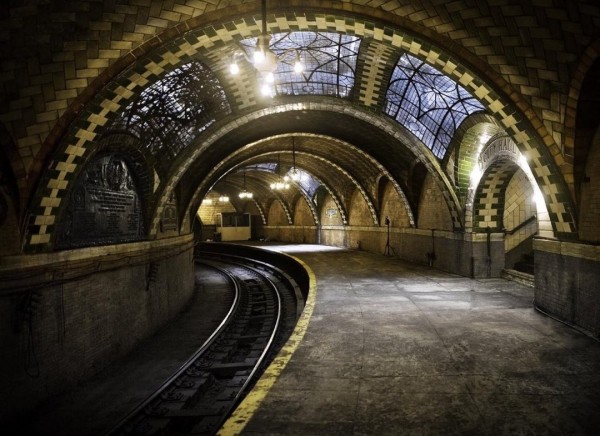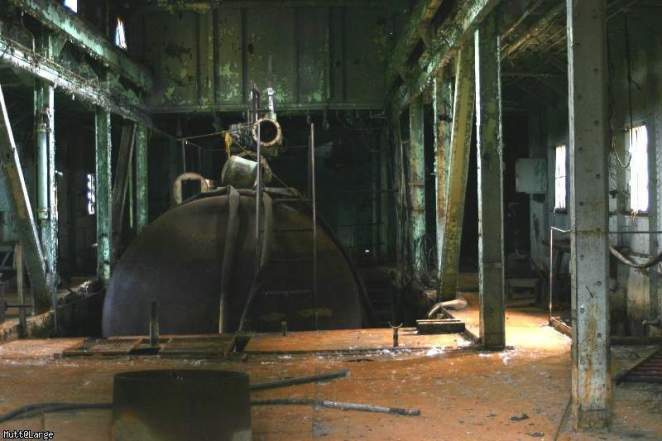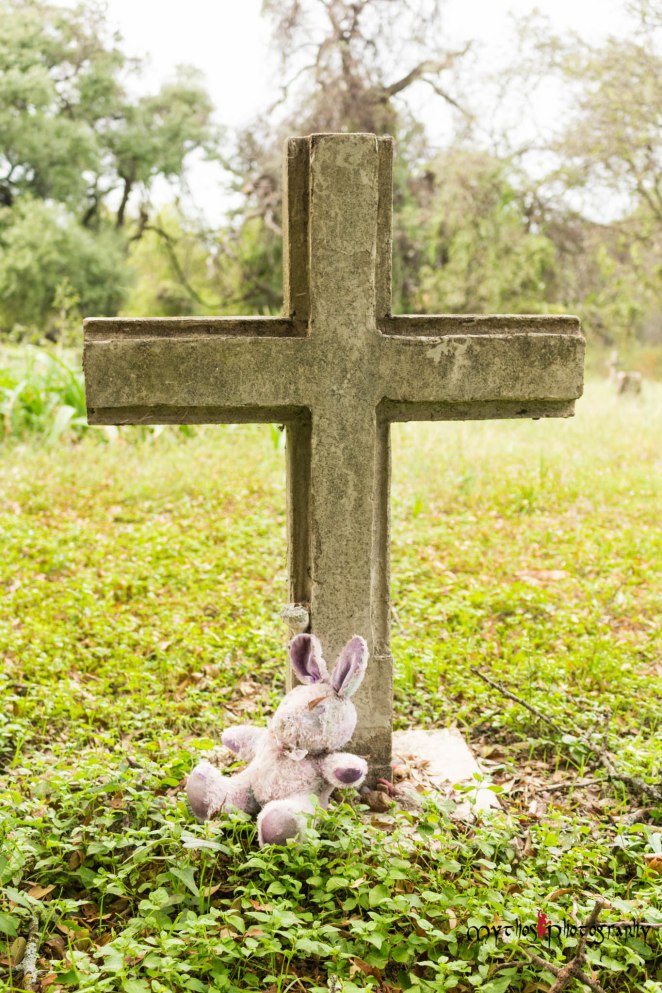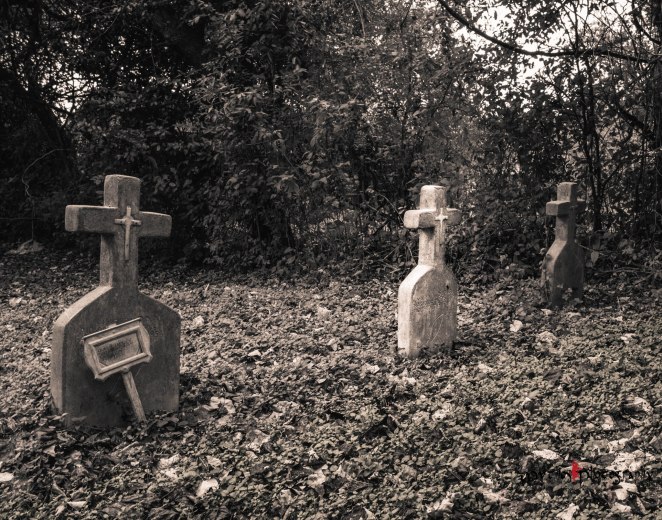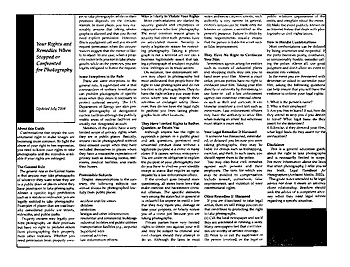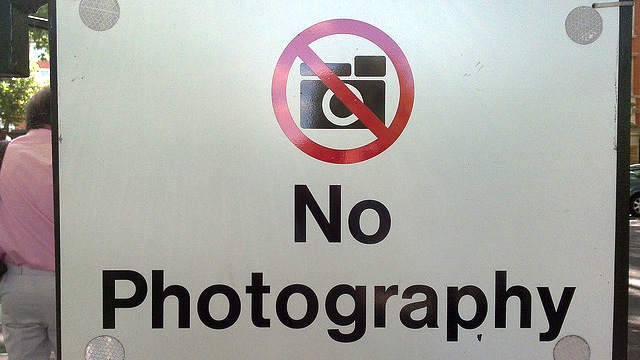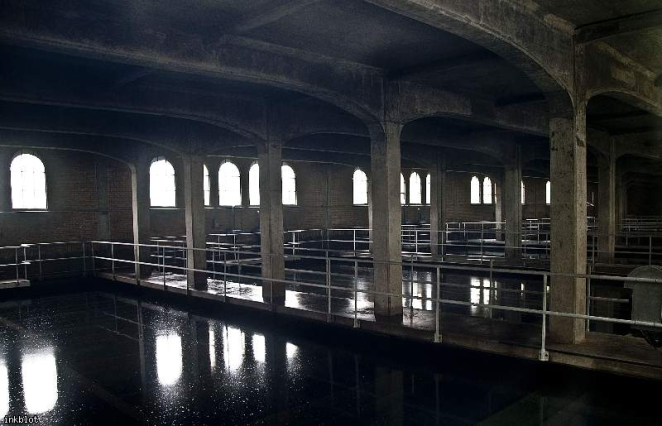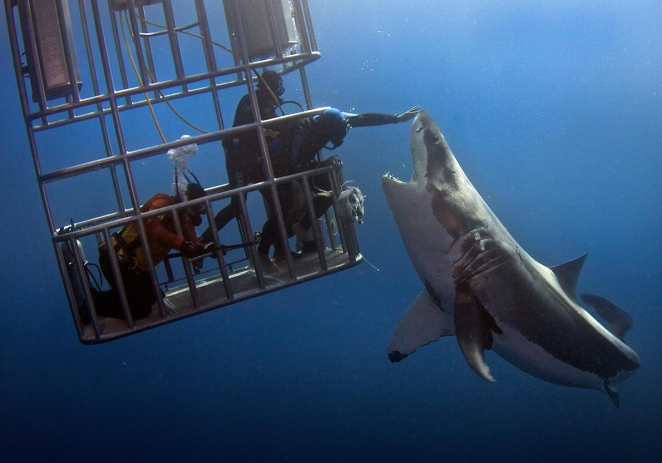The right equipment for the right job.
Your equipment should be chosen based on the goal that you have for your photography. This means that you need to evaluate the medium you’re going to use to reach your audience. If your goal is to publish your photographs online than a camera capable of taking good resolution jpeg pictures should suffice (most modern phones can achieve that). Now if your goal is to print your pictures and specially if you plan on doing big prints then that changes matters a bit. As a minimum you’ll want to have a camera that is capable to capture raw files and preferable that is able to change lenses. This will ensure the maximum resolution possible as well as focal point flexibility.
Lights, tripods and more complex gadgets.
Unless you’re looking to achieve a particular effect or style when taking a picture you’ll only need a camera and your imagination. However there are certain situations that might demand extra tools to get the job done. Anything from needing a tripod to achieve a long exposure picture, artificial lighting due to low natural lighting or cases to protect your equipment from the weather. Best thing to do is to make a list of things you might need, based on terrain, weather, nature of the shoot, etc. at least a day before of the shoot.
Additional Equipment
Depending on your location you might need non-photography essential tools such as hard hats, first aid kits and more. If you’re planning on doing a photo shoot on unknown territory, such as a new urbex location, some basic safety equipment is needed. E.g. a whistle in case you can’t scream for help, flashlights, extra batteries for flashlights, gloves, water,etc.
Further information can be found in websites such as:
http://www.talkurbex.com/gear/
https://blog.mark17.net/urbex-gear/#.VyMeqbgrKhc
What equipment do you take on your photography adventures?
